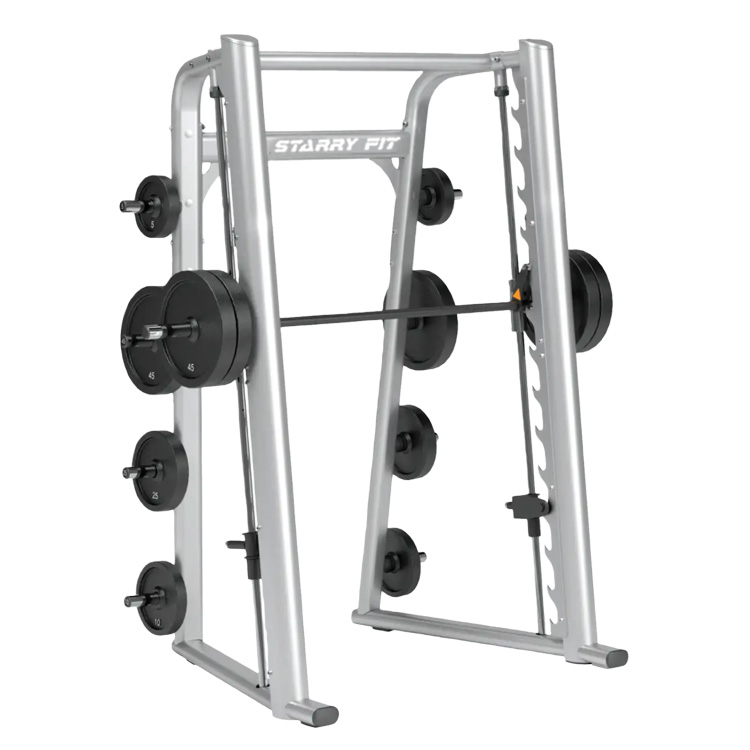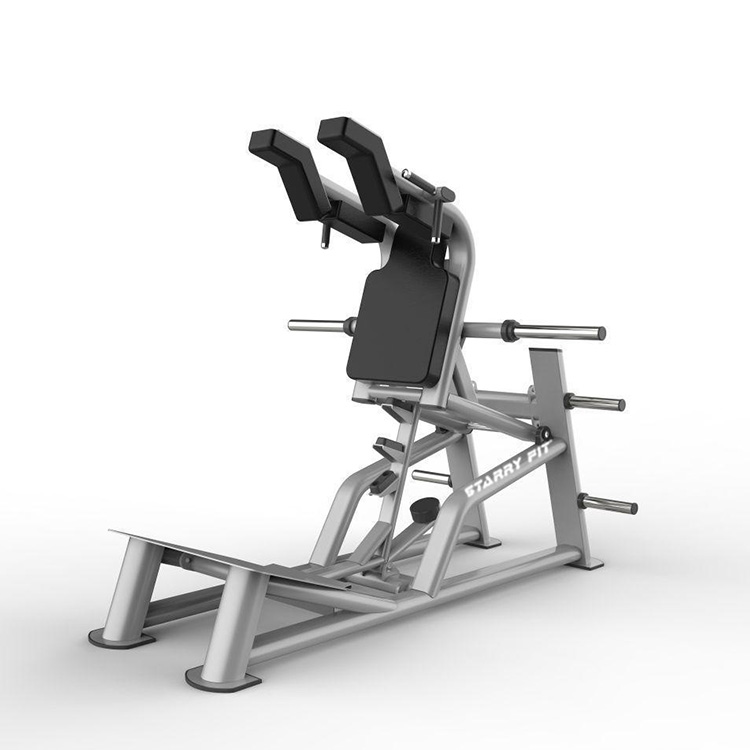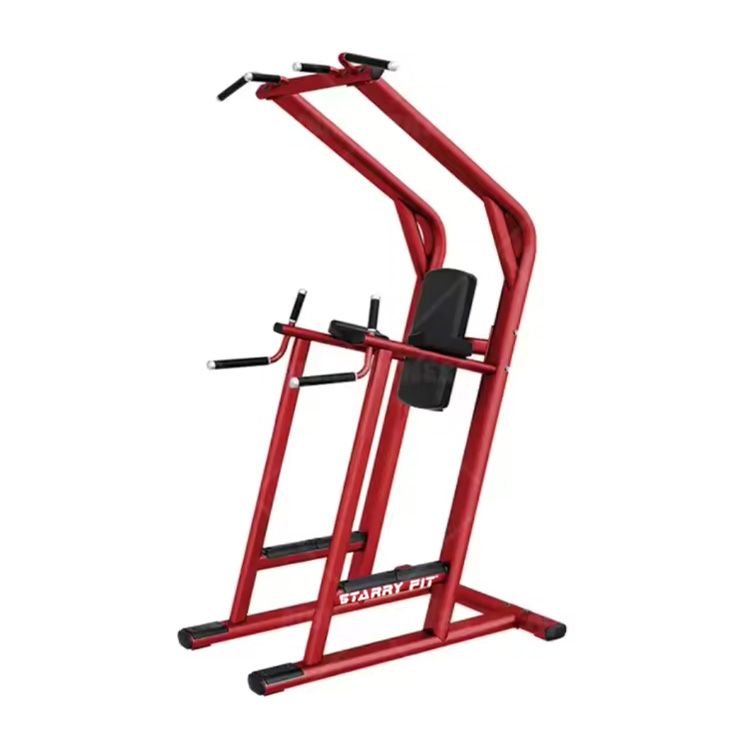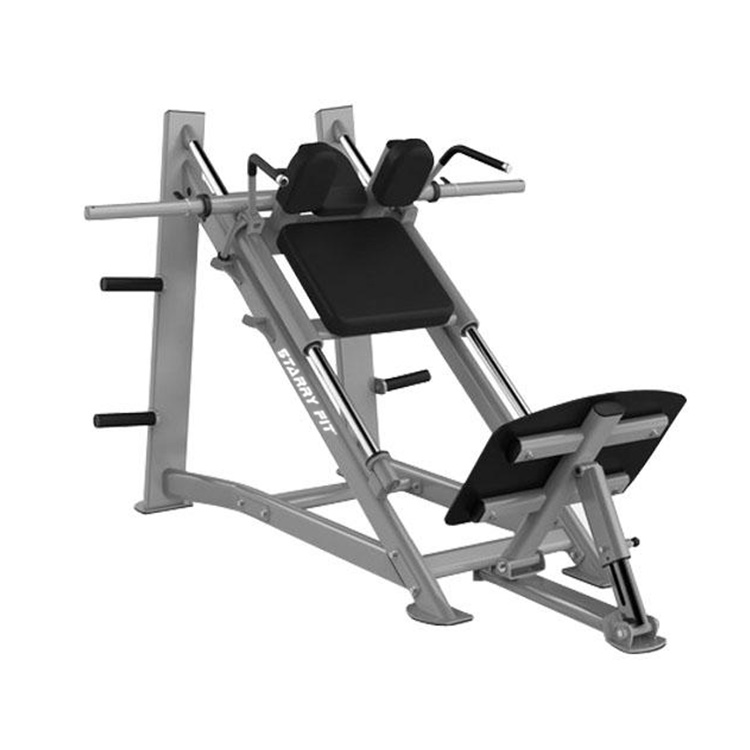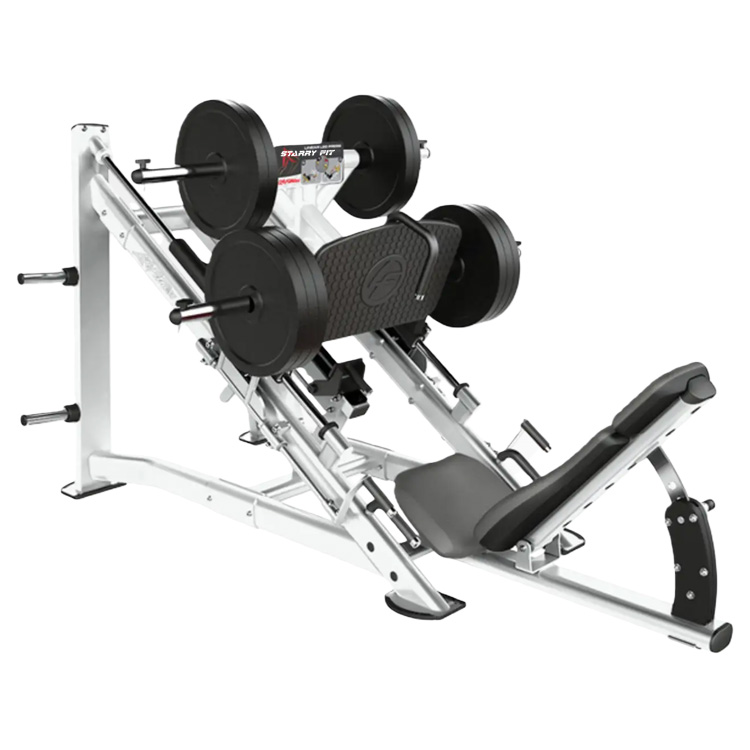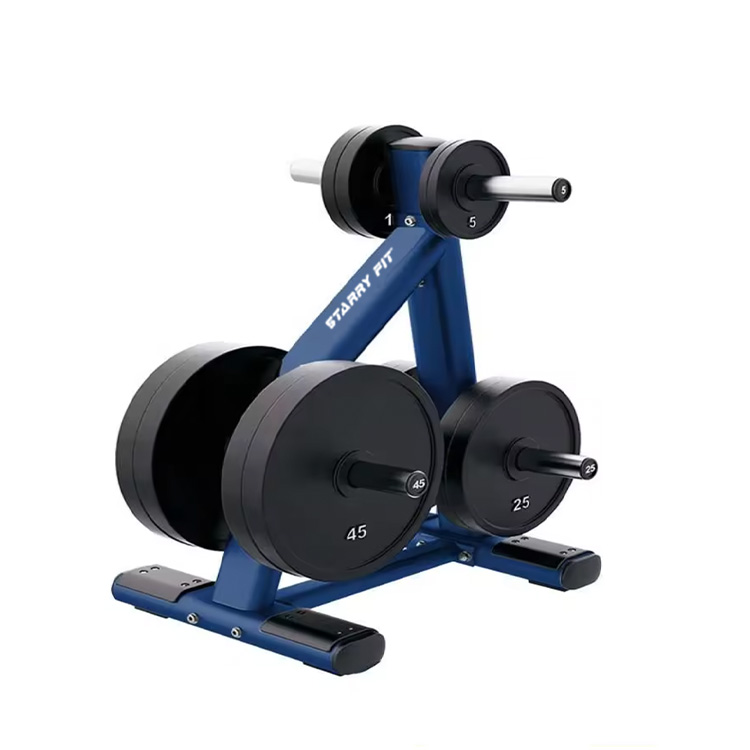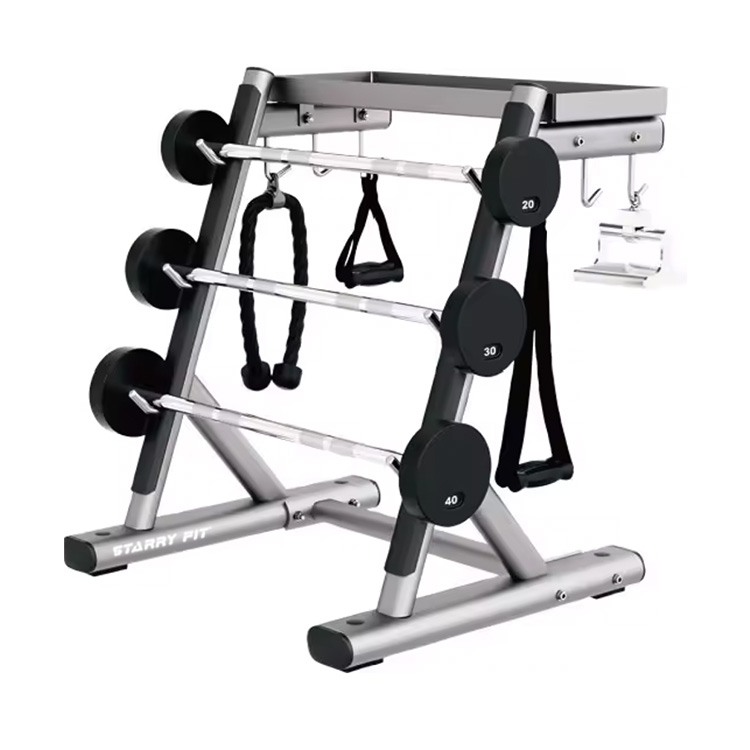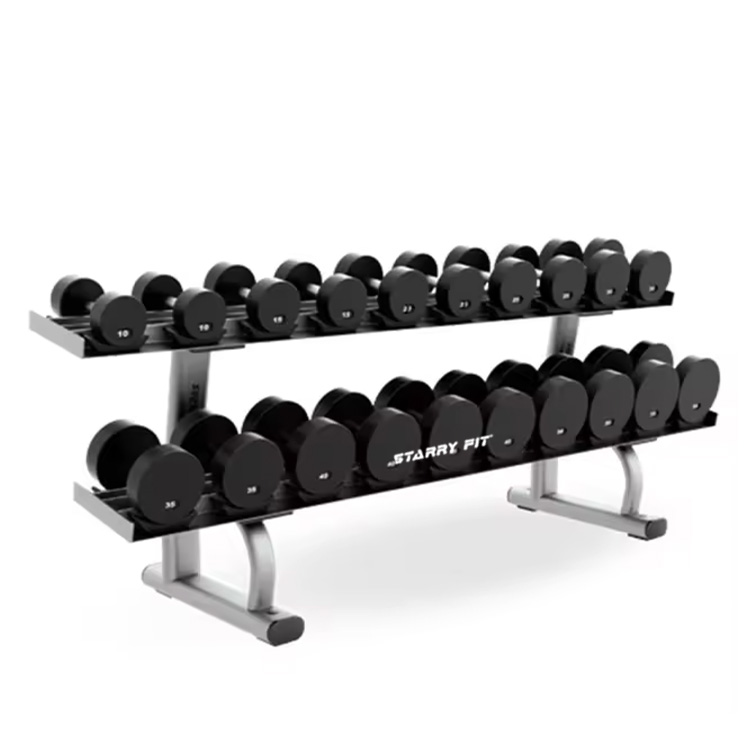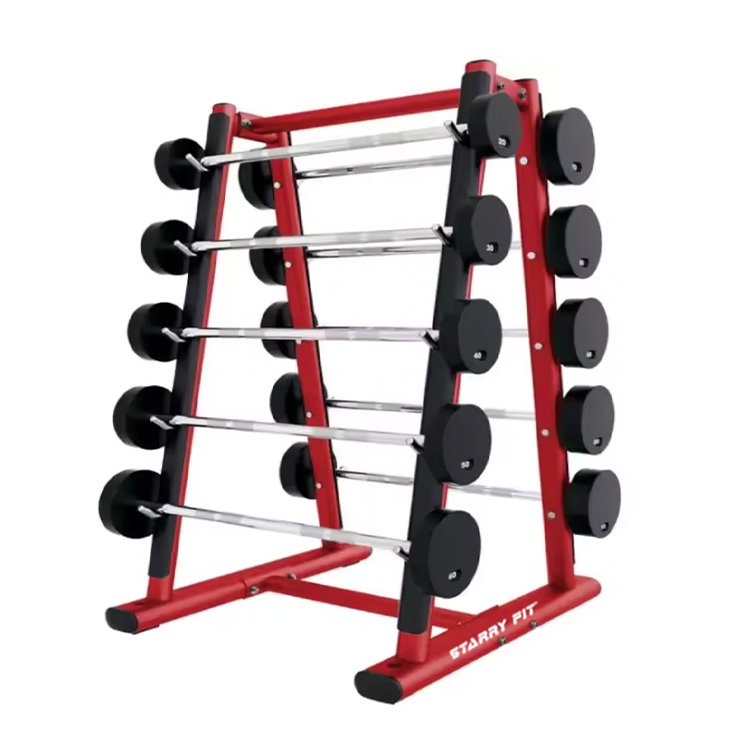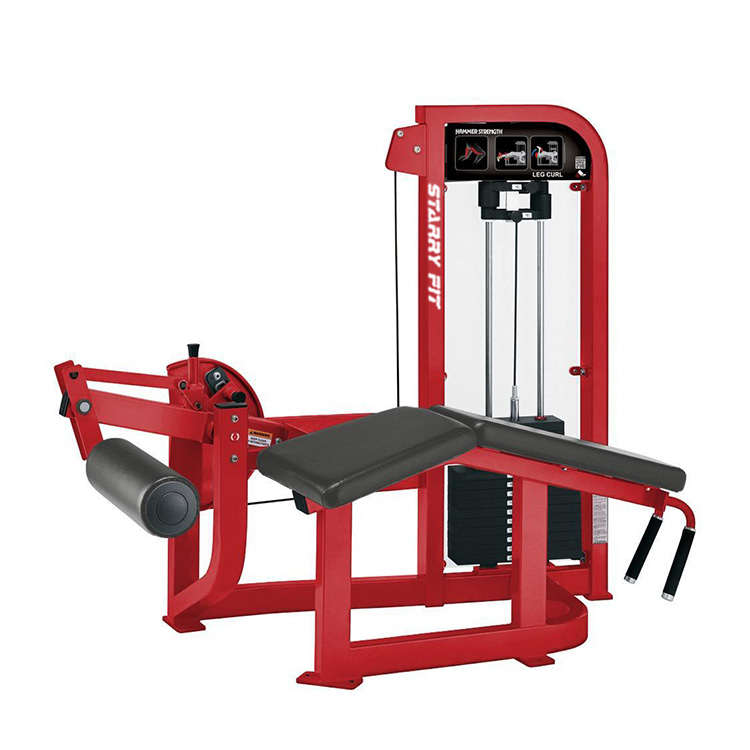Fitness is not only a process of shaping your body, but also the key to improving your overall health and quality of life. Whether you are a beginner or a fitness enthusiast, choosing the right equipment and gear can significantly improve your training results, increase motivation, and ensure safety.
A Guide to Basic Strength Training Equipment
Basic strength training equipment is the core tool for building a fitness plan. Its selection should be combined with personal goals (such as muscle building, body shaping, and improving explosive power) and training level.
1. Free weight equipment
(1) Dumbbell
| How to use: By holding it on one side or both sides, you can perform curls, lateral raises, squats, deadlifts and other movements with high flexibility. Advantages: No additional equipment is required, saving space; Suitable for unilateral training to correct muscle imbalance; The weight can be adjusted to suit different training stages. Applicable scenarios: home training, beginners and advanced trainers. |
 |
(2) Barbell
| How to use: Fixed weight plate, through bench press, deadlift, squat and other compound movements to train large muscle groups throughout the body. Advantages: Provide heavy weight stimulation, enhance muscle strength and bone density; Suitable for multi-person collaborative training (such as deadlift, push-up). Applicable scenarios: gym, advanced strength training. |
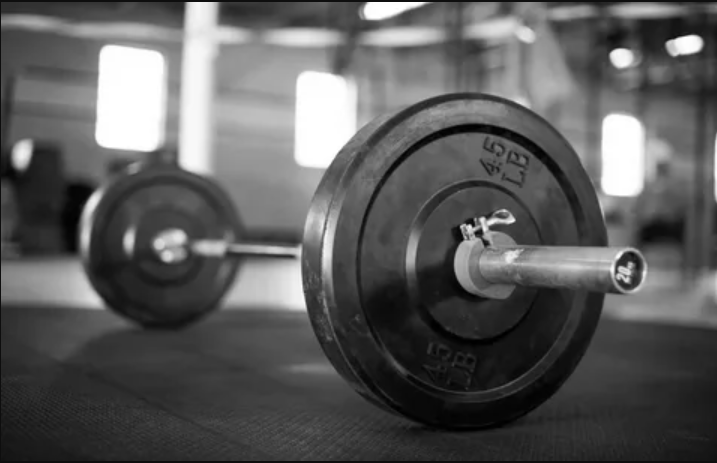 |
(3) Kettlebell
| How to use: Through swinging, rowing, squatting and other movements, combine bodyweight and gravity. Advantages: Improve whole body coordination and explosive power; Suitable for rapid fat burning and functional training. Applicable scenarios: fighting, martial arts training and functional strength improvement. |
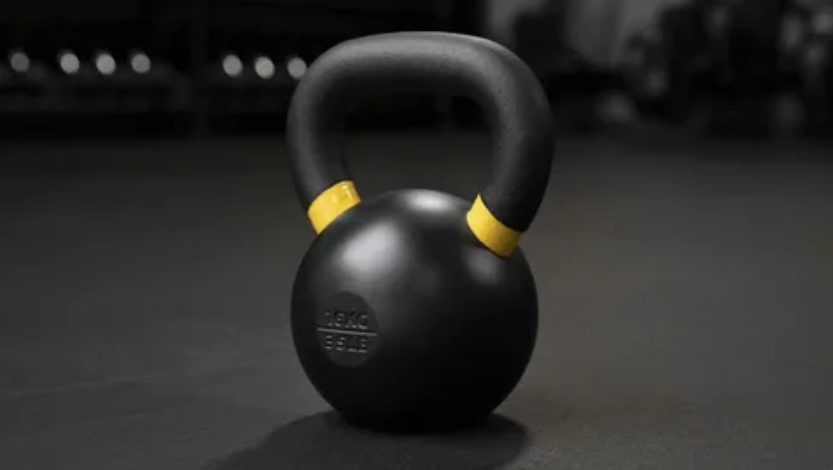 |
(4) Resistance band
|
How to use: fixed or hand-held, assist in completing rowing, shoulder press, lateral raise and other movements. Advantages: |
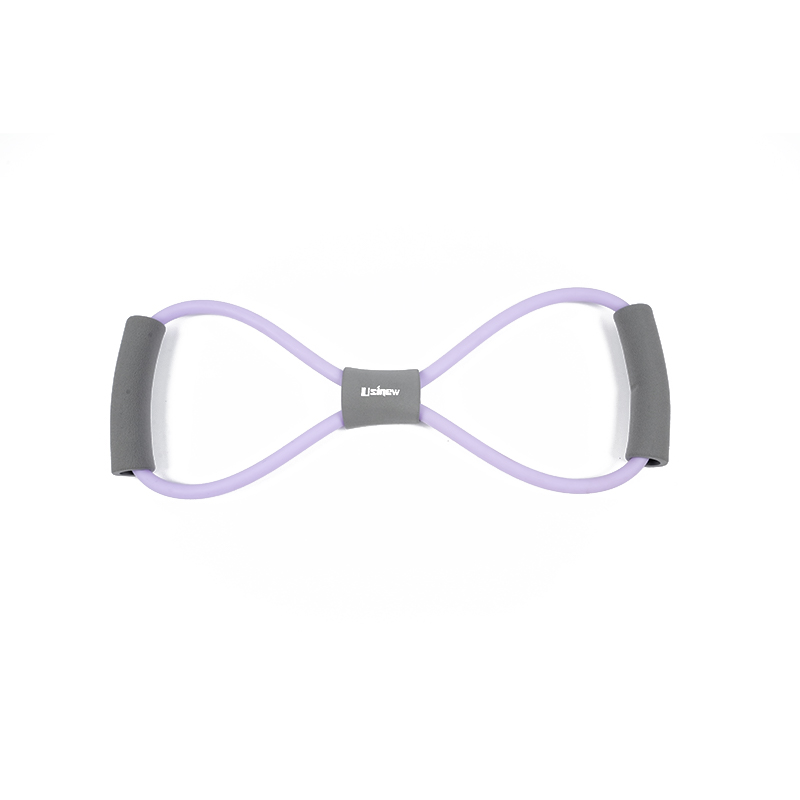 |
2. Fixed track equipment
| Squat rack and bench press rack | How to use: Squat rack: fix the barbell or dumbbell to complete squats, deadlifts and other movements; Bench press rack: adjust the angle to perform bench press, rowing and other training. Advantages: Ensure standard movements and reduce the risk of injury; Suitable for multiple people to use and save space. Applicable scenarios: gyms, professional training. |
| Seated chest press machine | How to use: Push the weight through the handle to simulate the bench press action. Advantages: Focus on chest muscle training and reduce back pressure; Suitable for beginners or users who need stable training. Applicable scenarios: local training at home or in the gym. |
| Puller |
How to use: |
3. Functional training equipment
| Balance board and balance pad | How to use: Maintain balance when standing or sitting, and assist in training core stability. Advantages: Improve body coordination and proprioception; Suitable for rehabilitation training and functional movements. Applicable scenarios: Core training, balance ability improvement. |
| Swiss ball and yoga ball | How to use: Used for push-ups, squats, balance training, etc. to increase body stability. Advantages: Activate core muscles through center of gravity transfer; Suitable for dynamic training and enhance flexibility. Applicable scenarios: Home training, core strength and functional training. |
| Suspension trainer (TRX) | How to use: Use the suspension system to complete rowing, deadlift, hip bridge and other movements. Advantages: Involve the whole body, improve core stability and strength; Suitable for advanced people, enhance movement control. Applicable scenarios: Gym, functional training and rehabilitation. |
4. Equipment selection suggestions
Home training: give priority to portable equipment such as dumbbells, kettlebells, balance boards, yoga balls, etc., with free weight equipment with adjustable weights.
Gym training: fixed-track equipment such as squat racks, bench press racks, and pullers can be configured, combined with functional equipment such as TRX and Swiss balls.
Advanced training: add suspension trainers, battle ropes, BOSU balancers, etc. to increase training intensity and diversity.
Aerobic and functional training equipment
1. Aerobic training equipment
| Aerobic pedal platform | 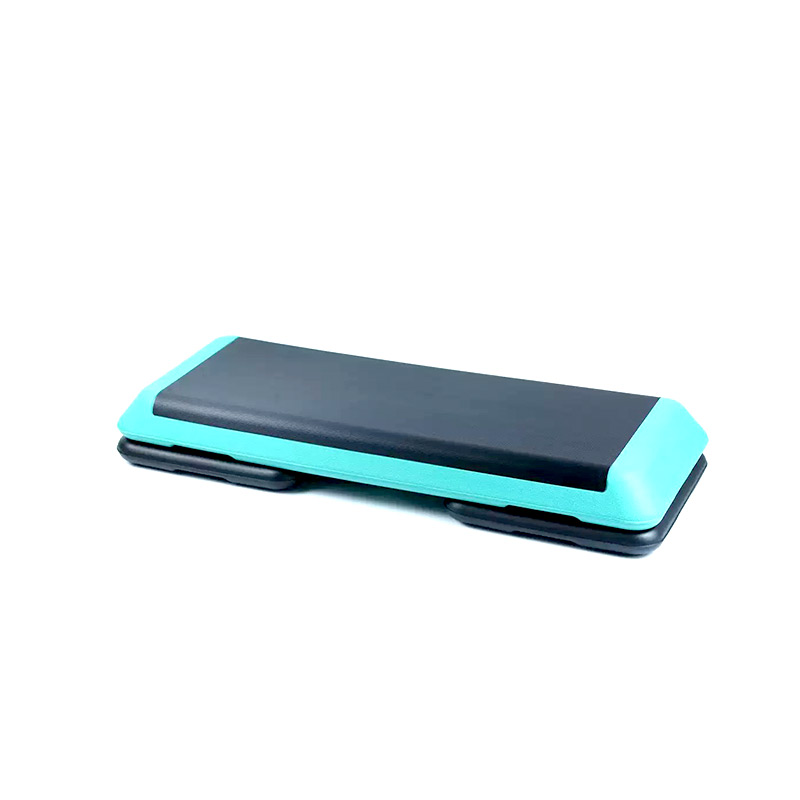 |
How to use: Advantages: Applicable Scenarios: |
| Skipping rope | 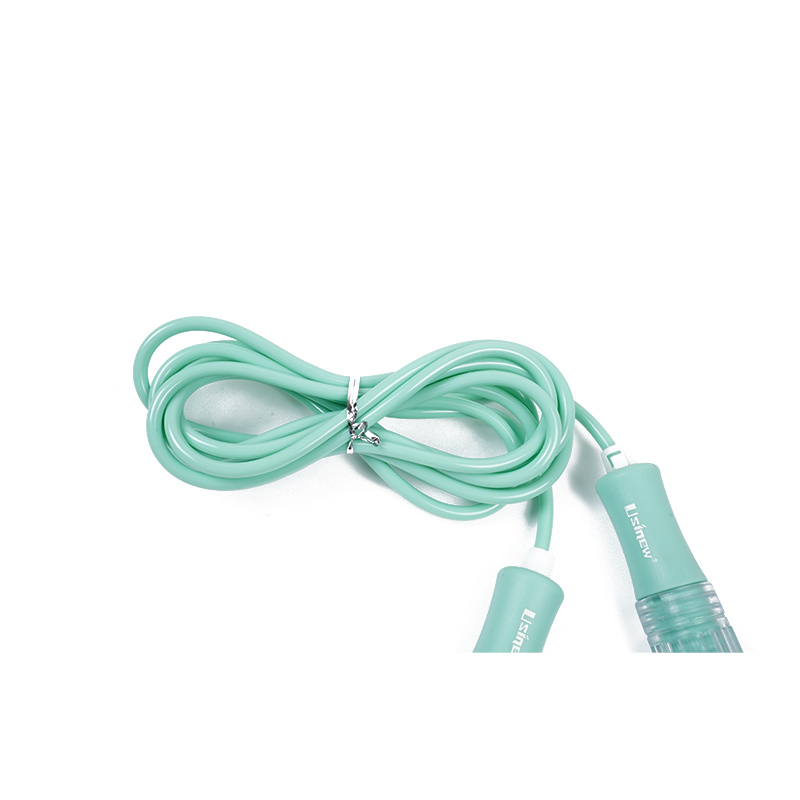 |
How to use: Advantages: Applicable scenarios: |
| Rowing machine | 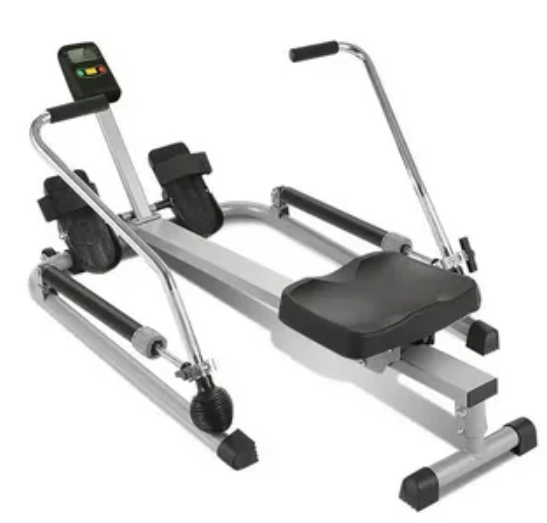 |
How to use: Advantages: Applicable scenarios: |
2. Functional training equipment
| Pilates ring and yoga ball |  |
How to use: Yoga ball: used for push-ups, squats and other movements to increase body stability. Applicable scenarios: |
| Ab wheel and core trainer | 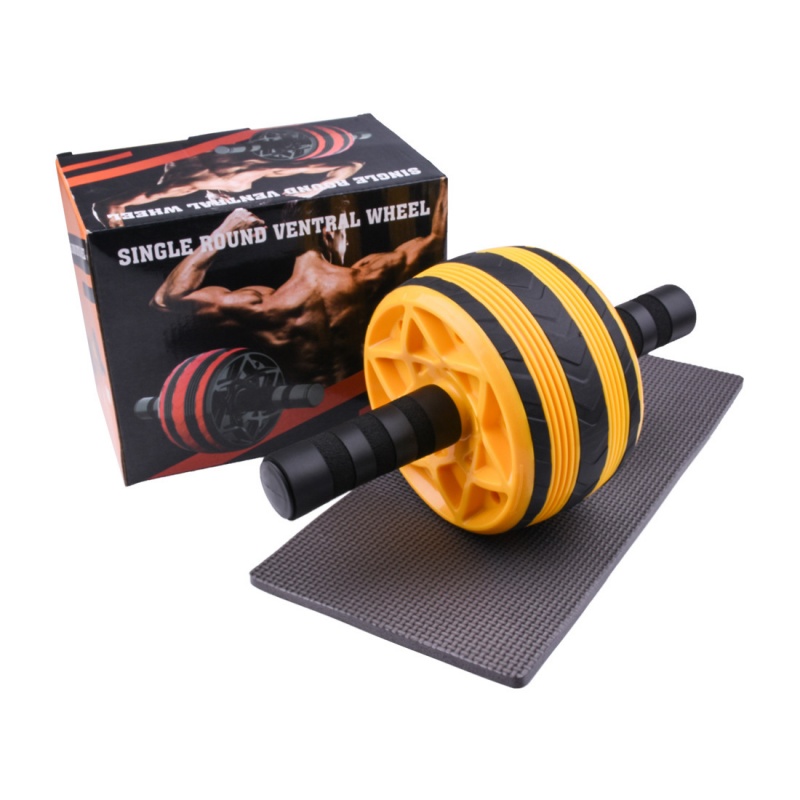 |
How to use: Advantages: Applicable scenarios: |
| Resistance band and elastic ring | 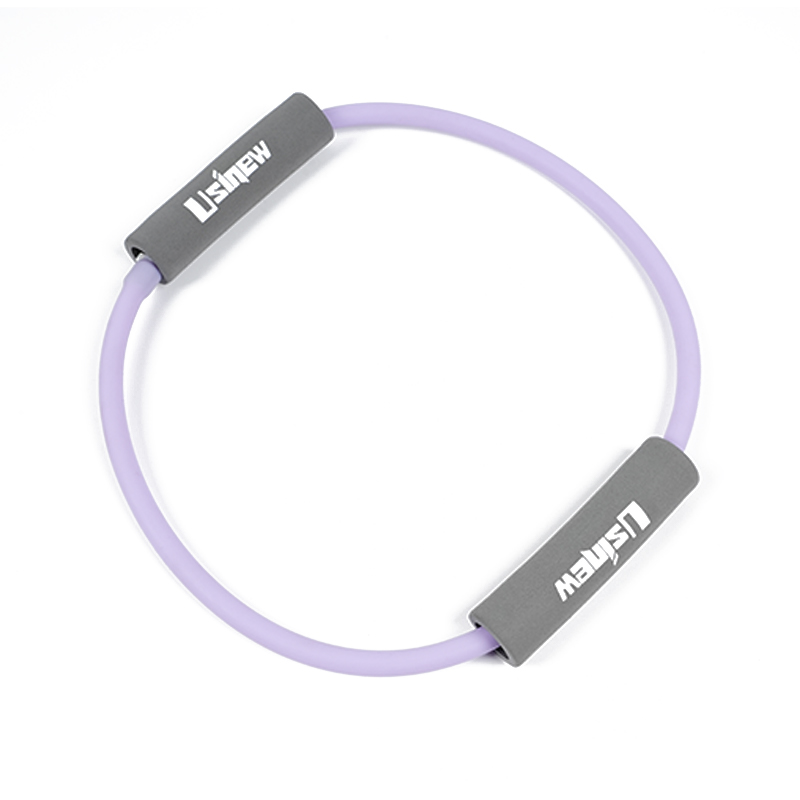 |
How to use: Advantages: Applicable scenarios: |
3. Auxiliary training equipment
(1) Yoga mats and yoga bricks
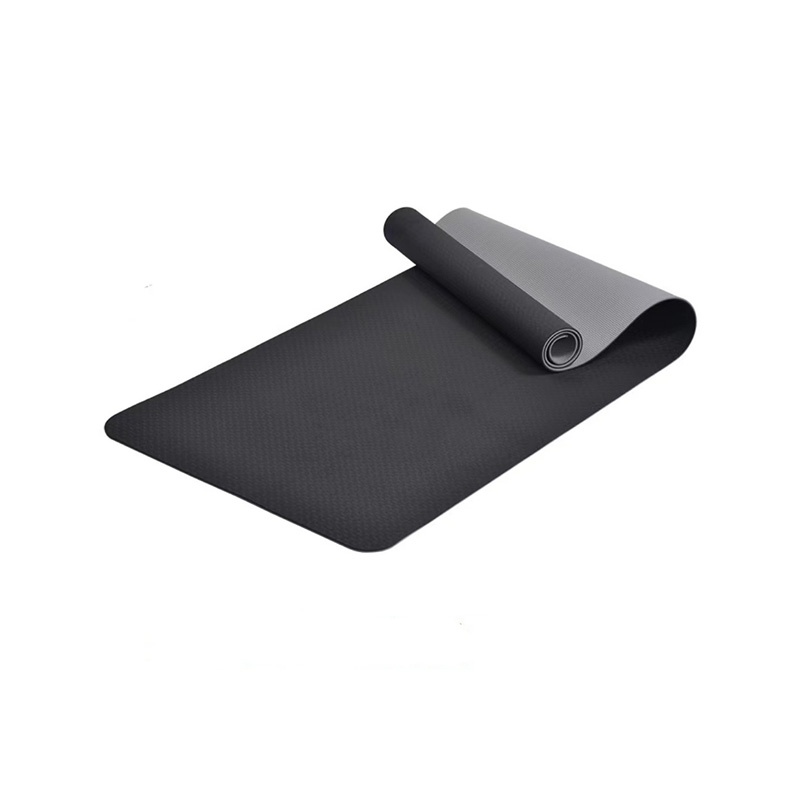 |
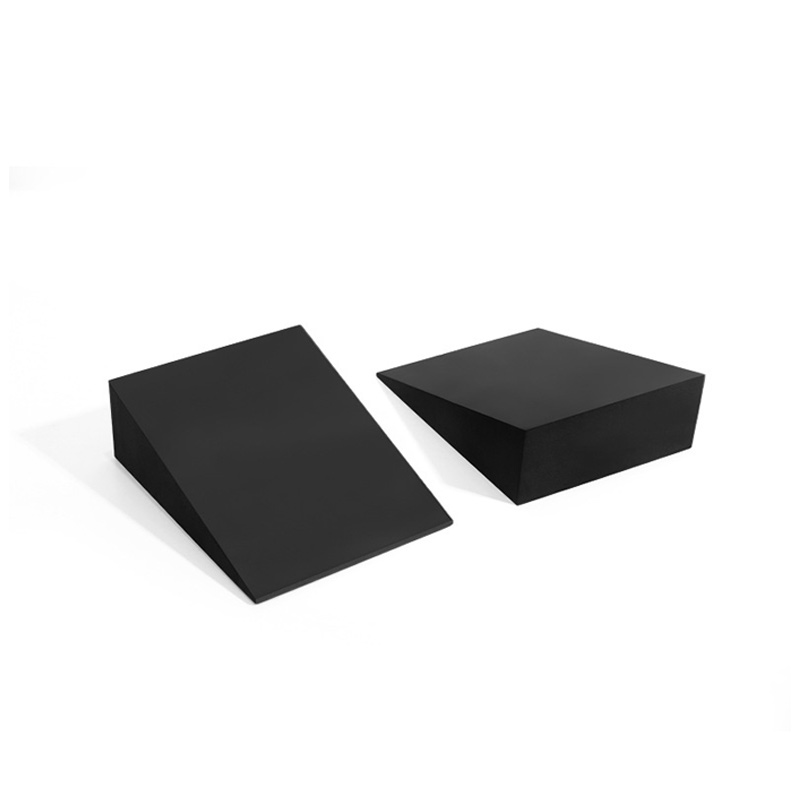 |
|
How to use: Advantages: Applicable scenarios: |
|
(2) Foam rollers and massage tools
 |
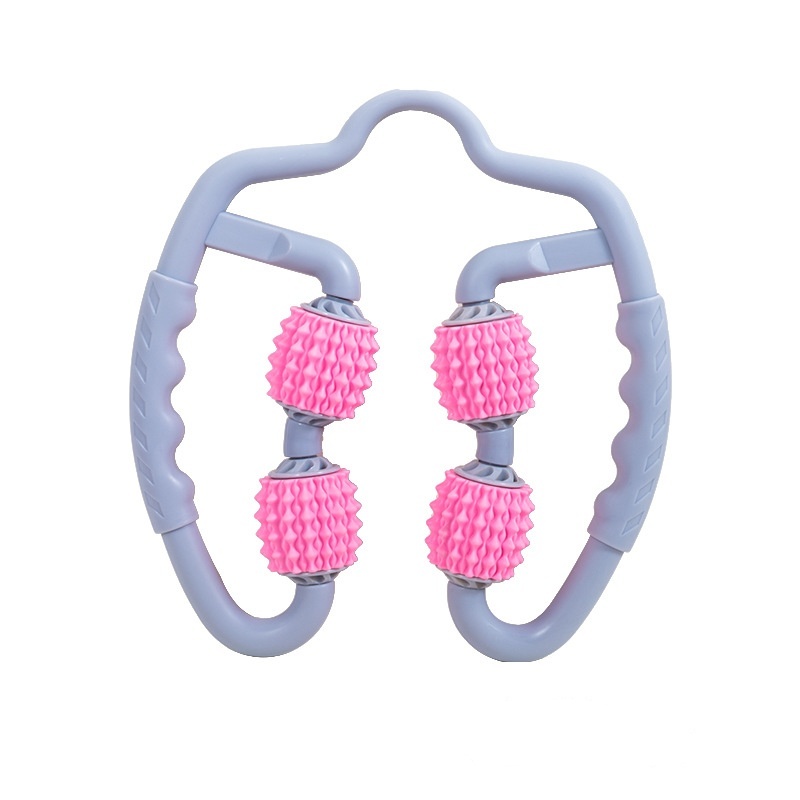 |
|
How to use: Advantages: Applicable scenarios: |
|
(3) Grip strengtheners and wrist trainers
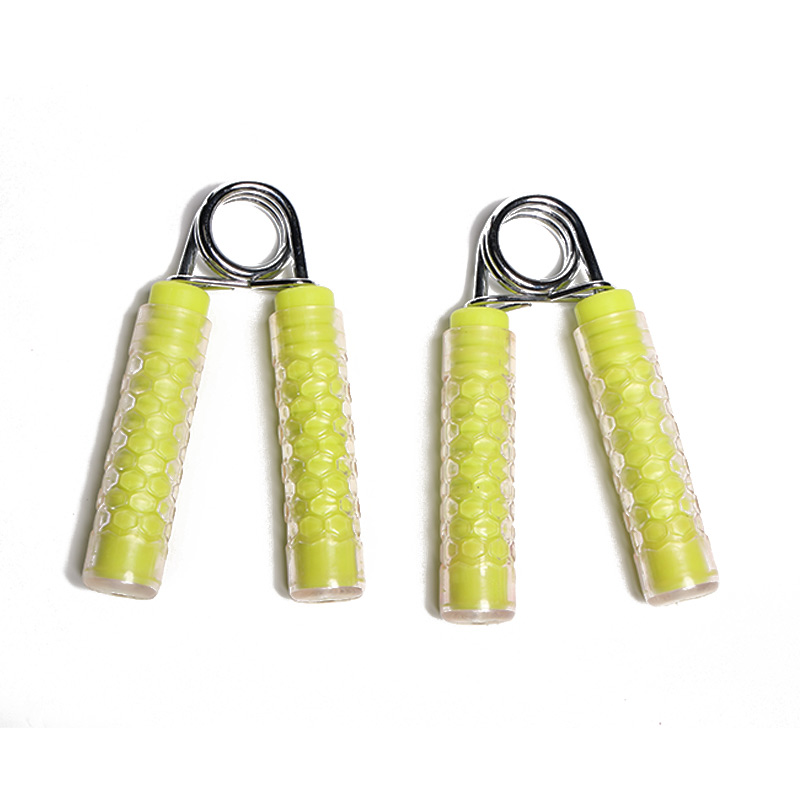 |
 |
|
How to use: Advantages: |
|
4. Equipment combination and training strategy
(1) Golden ratio configuration
3:2 energy metabolism system: 3 strength training (dumbbells, resistance bands, core trainers) + 2 aerobic training (aerobic pedals, skipping ropes) per week.
Equipment combination: Each strength equipment (such as dumbbells, Pilates rings) needs to be matched with 0.8 aerobic equipment (such as rowing machines, skipping ropes) to maximize the training effect.
(2) Functional training combination
Core balance training: Combine yoga balls, Pilates rings and core trainers to improve stability and coordination.
Speed and agility training: Use skipping ropes, speed and agility ladders and obstacle training to improve reaction and endurance.
(3) Home scene optimization
Space limitations: Choose foldable equipment (such as adjustable dumbbells, elastic bands). Multifunctional combination: For example, a rope climbing rack is placed next to the treadmill to achieve aerobic and functional training cycles.
5. Notes
Getting started: Start with basic equipment such as dumbbells and elastic bands, and gradually increase the complexity.
Safety: When using free weights, pay attention to the standard of movements to avoid injuries.
Dynamic adjustment: Optimize the equipment combination every quarter based on the results of physical fitness tests.
Assistance and recovery tools
1. Strength training auxiliary equipment
| Push-up bar | 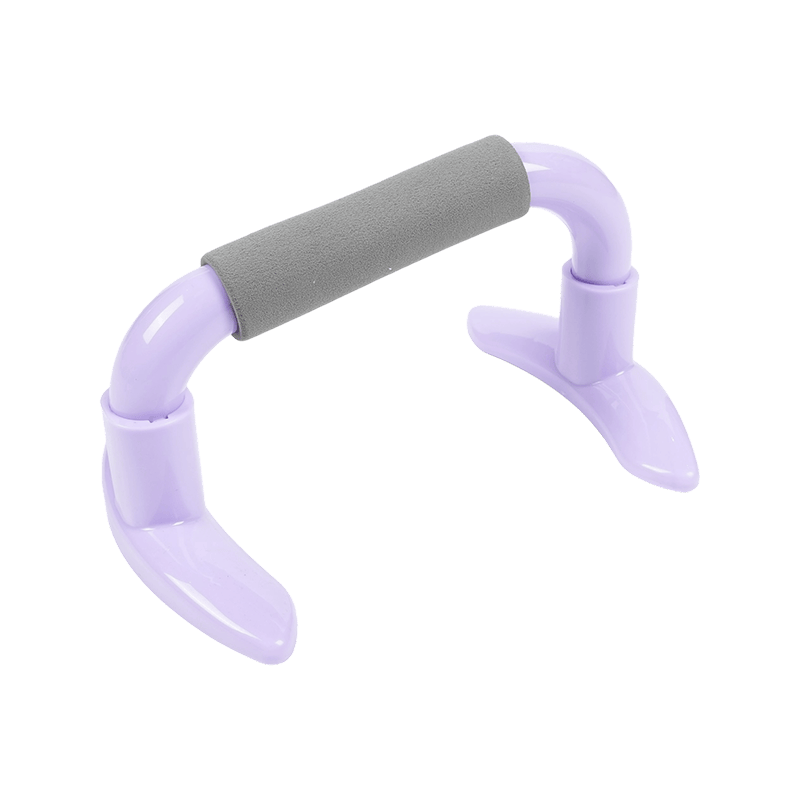 |
| Function: Provide support, assist in completing push-ups, enhance upper limb strength and core stability. Applicable scenarios: home training, local training in the gym. |
| Ab wheel | 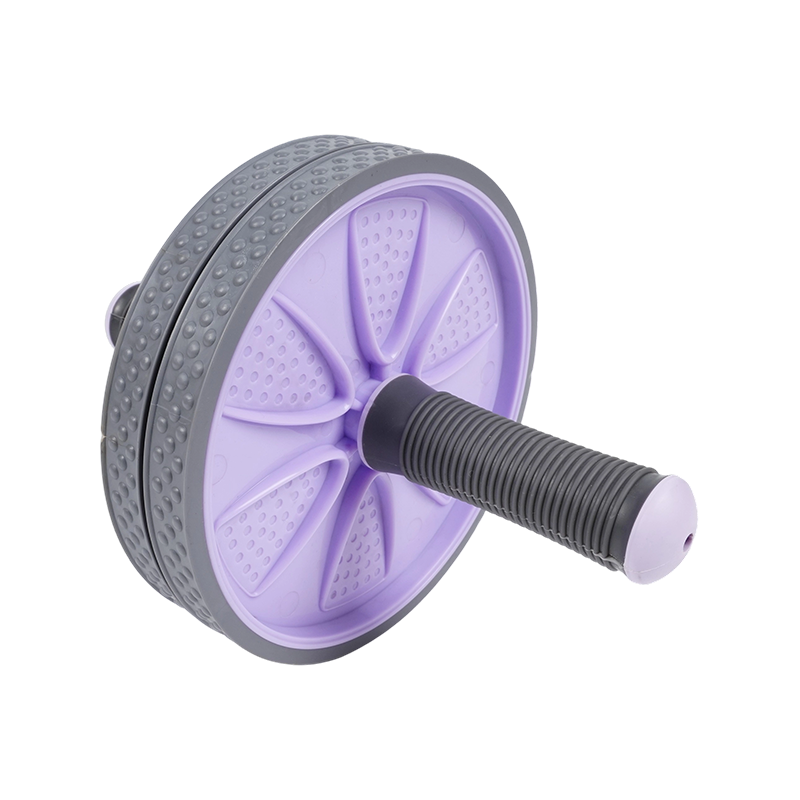 |
| Function: Exercise the core muscles by rotating or rolling up and down, and improve core stability and strength. Applicable scenarios: core training, functional training combination. |
| Resistance band | 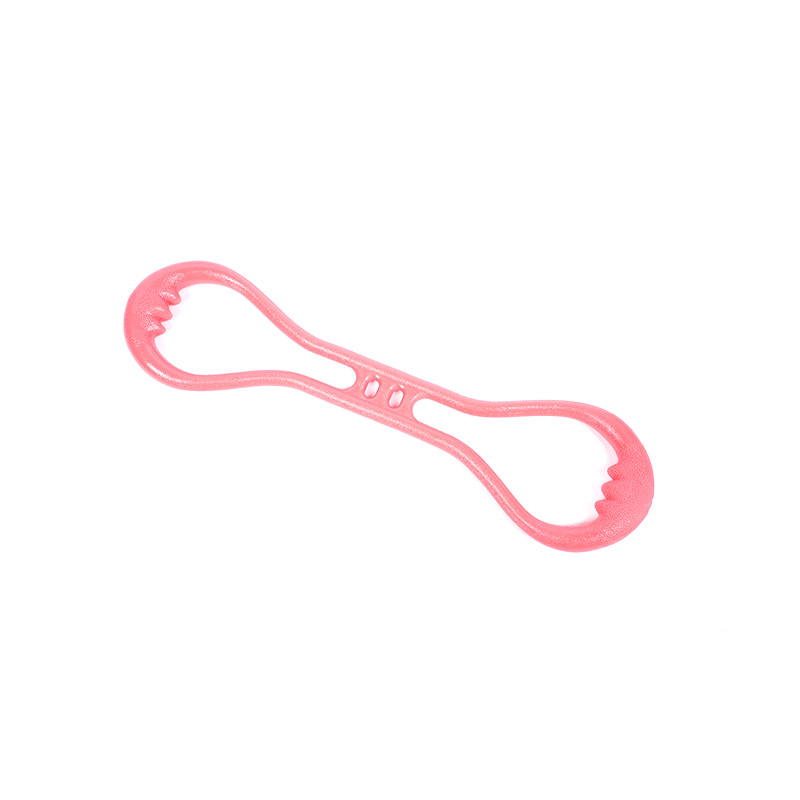 |
| Function: Strengthen the shoulder, back, hip and leg muscles through stretching movements, suitable for local muscle training. Applicable scenarios: strength training, rehabilitation training, home training. |
| Dumbbell | 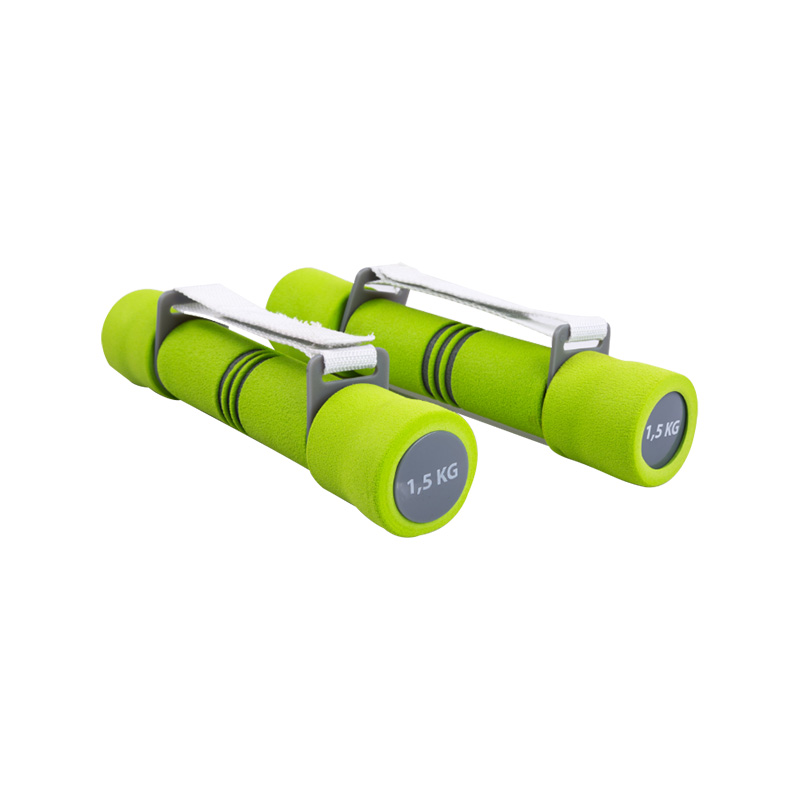 |
| Function: Improve upper limb, lower limb and core strength through free weight training, suitable for compound movements. Applicable scenarios: home training, gym strength training. |
| Grip strengthener and wrist strength trainer | 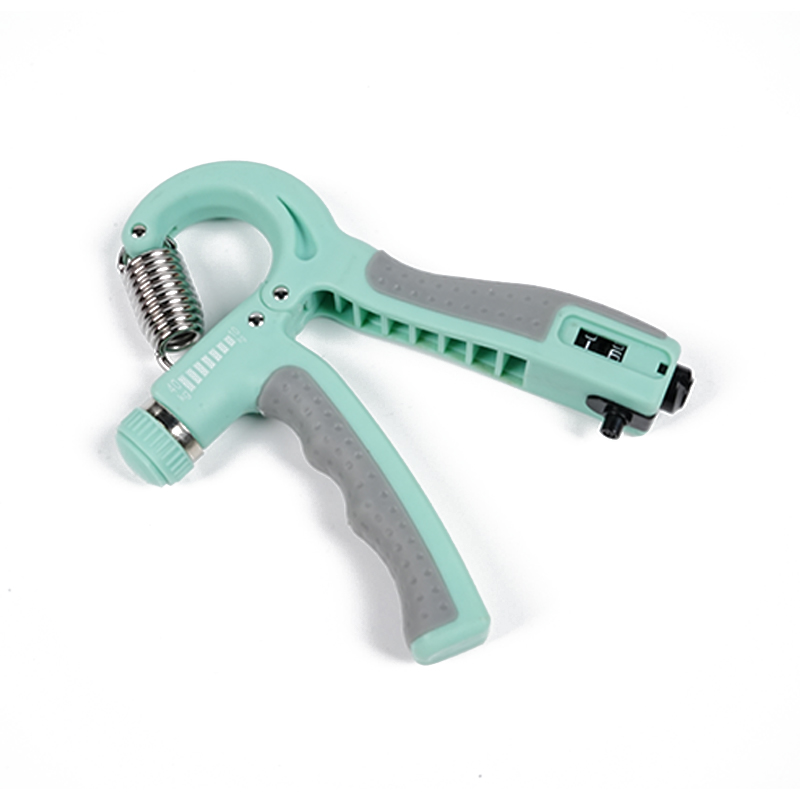 |
| Function: Enhance hand and forearm strength, improve grip and wrist stability. Applicable scenarios: daily training, functional movement assistance. |
2. Aerobic and functional training equipment
| Aerobic step platform | Function: simulate running or jumping movements, improve cardiopulmonary function and endurance. Applicable scenarios: home training, aerobic training combination. |
| Rope skipping | Function: efficient fat burning, improve cardiopulmonary function and coordination. Applicable scenarios: home training, aerobic training combination. |
| Core balance and speed training | Function: improve core stability and agility through tools such as yoga balls and balance mats. Applicable scenarios: functional training, sports performance optimization. |
| Pilates reformer and Pilates ring | Function: enhance core muscle activation, improve body control and flexibility. Applicable scenarios: Pilates training, rehabilitation training. |
| Yoga ball and yoga wheel | Function: create an unstable platform, explore dynamic core awareness, improve balance and strength. Applicable scenarios: functional training, rehabilitation training. |
3. Sports accessories and protective equipment
| Yoga mats and yoga Blocks | Function: Provide cushioning and support, suitable for yoga, Pilates and stretching training. Applicable scenarios: home training, rehabilitation training. |
| Foam rollers and massage sticks | Function: Relieve muscle soreness, promote blood circulation, and accelerate recovery. Applicable scenarios: Use before and after training, rehabilitation training. |
 |
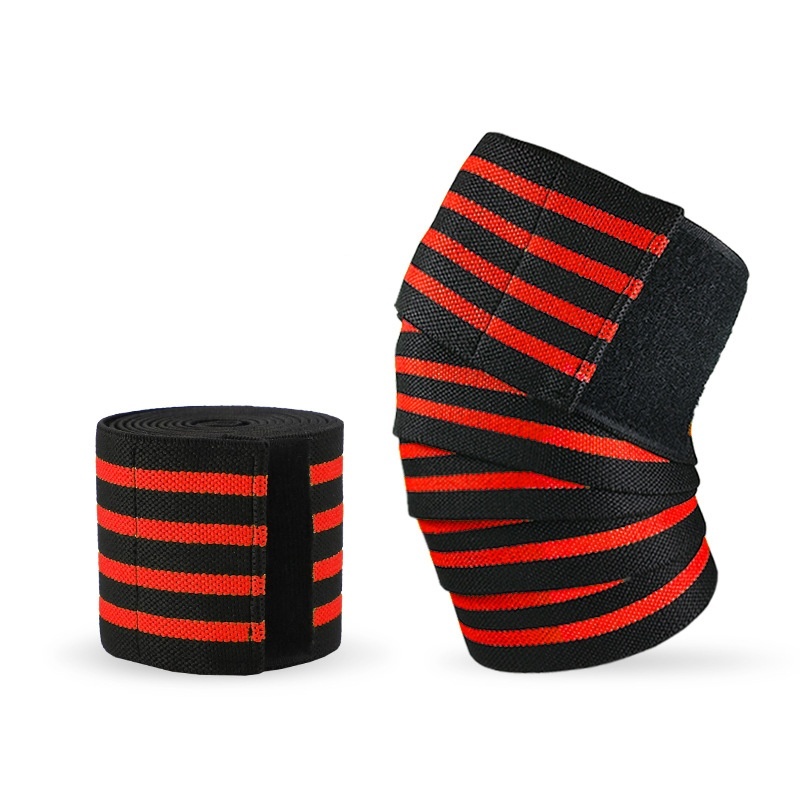 |
| Shin guards and knee pads Function: Protect joints and muscles, reduce the risk of sports injuries. Applicable scenarios: high-intensity training, rehabilitation training. |
|
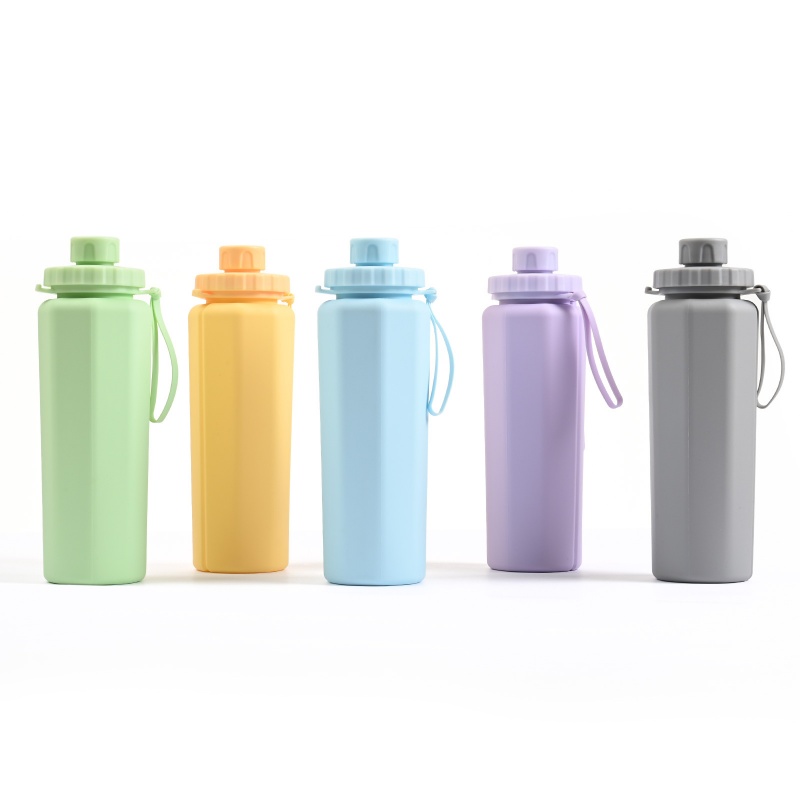 |
 |
| Sports water bottles and sweat-absorbing wrist guards Function: Keep hydrated and improve exercise comfort. Applicable scenarios: outdoor training, long-term exercise. |
|
4. Rehabilitation and recovery tools
| Arch training massager | 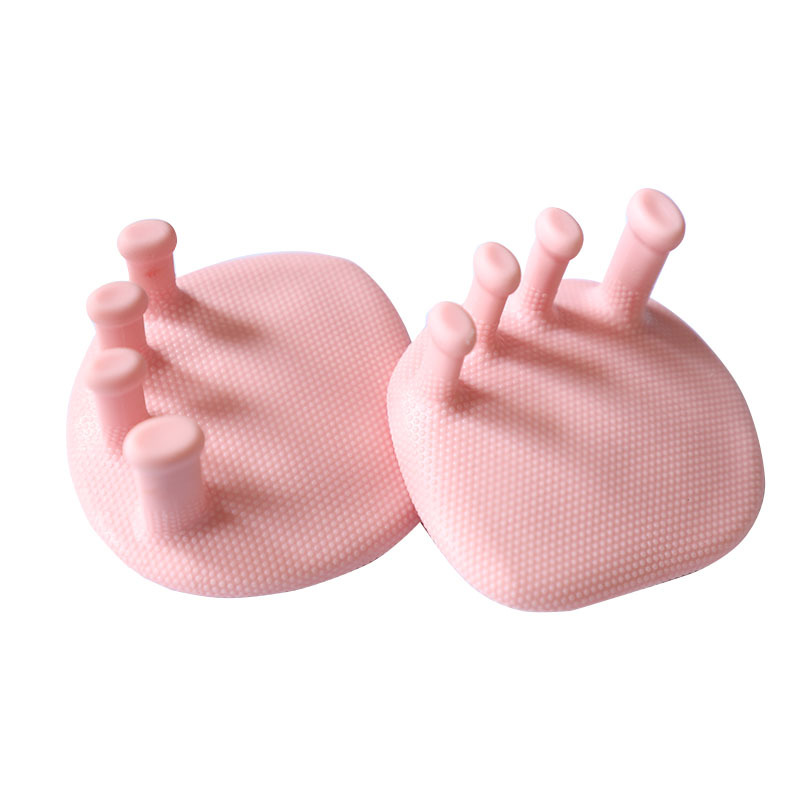 |
| Function: Improve foot support and enhance lower limb stability. Applicable scenarios: foot rehabilitation, daily training. |
|
Corrective shoulder pads and adjustable patellar straps Function: Correct posture problems and relieve pressure on the shoulders, neck and knees. |
|
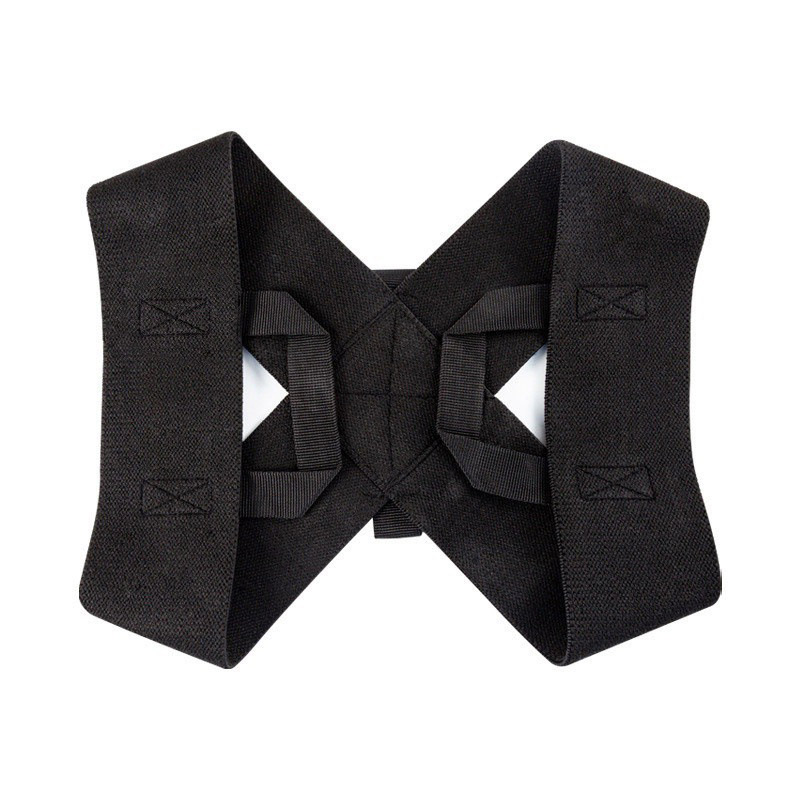 |
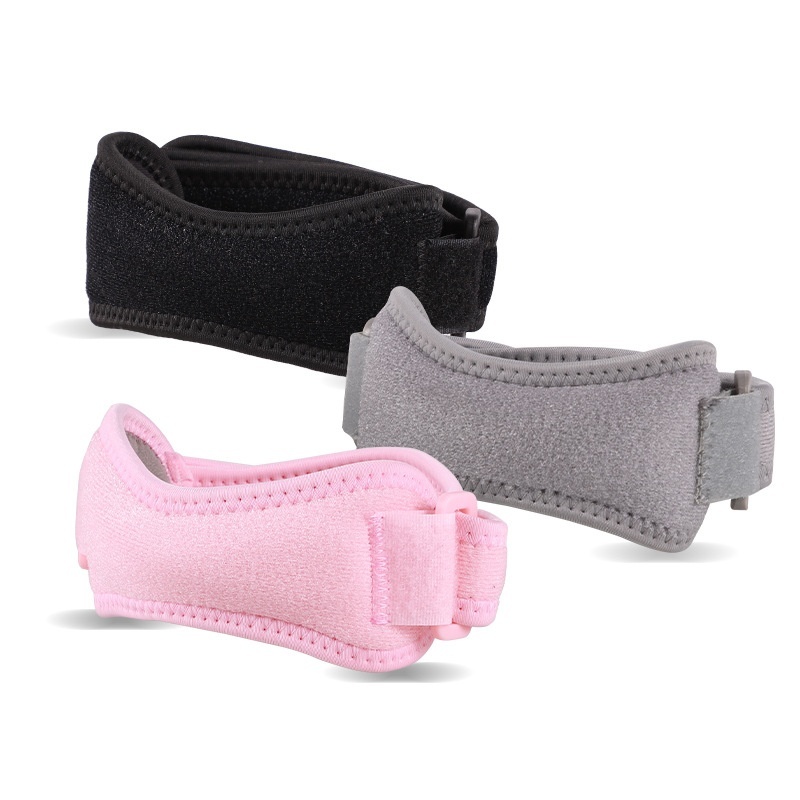 |
|
Fitness ankle cuffs and bandage knee pads Function: Provide additional support and protect vulnerable areas. |
|
 |
 |
5. Other auxiliary and recovery tools
Yoga mats and foam rollers
Yoga mats: provide cushioning, suitable for yoga, Pilates and stretching training.
Foam rollers: relieve muscle tension and improve flexibility.
Fascia guns and protective gear
Fascia guns: quickly relax muscles and accelerate recovery.
Protective gear: knee pads, wrist guards, elbow guards, protect joints and muscles.
TRX suspension training system
Full body training: use body weight for full body resistance training to improve core and stability.
Chin-up bar
Upper limb training: strengthen latissimus dorsi, biceps, etc., suitable for home use
Recommended home fitness scenarios
Foldable fitness equipment
Folding treadmill: save space.
Folding squat rack: easy to store, suitable for small apartments.
Smart fitness equipment
Smart dumbbells: integrated Bluetooth tracking and App guidance.
Heart rate monitor: real-time monitoring of heart rate to ensure training intensity.
Multifunctional combination
Concept 2 rowing machine: professional-grade aerobic equipment, suitable for high-intensity training.
Adjustable squat rack: multi-functional conversion to meet different training needs
Other practical accessories
Fitness bag and storage
Divided fitness bag: easy to carry towels, wipes and other items, keep dry and wet.
Portable charger: ensure the battery life of mobile phones/earphones.
Sportswear and footwear
Moisture-wicking sportswear: polyester/nylon material, keep dry.
Cross-training shoes: provide support and cushioning, suitable for a variety of movements.
Nutrition supplement tools
Protein powder and nutrition bars: quickly replenish protein and energy after exercise.
Sports drinks: electrolyte supplement, suitable for high-intensity training


 ENG
ENG
 English
English Français
Français Español
Español عربى
عربى